Spectacular Summer Container Designs: Part 2
Because garden stores are filled with all sorts of plants, our experts present even more designs
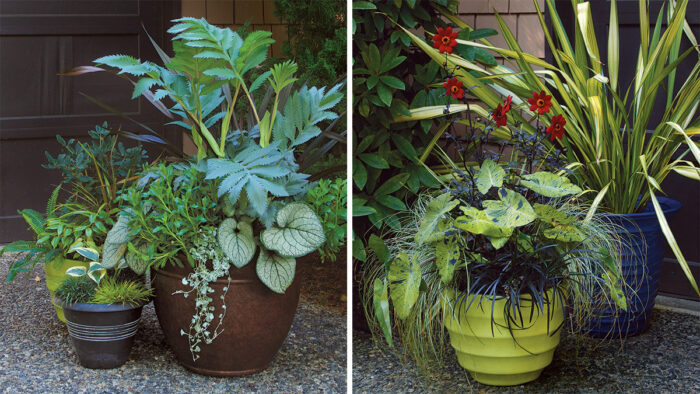
Summer is the season all gardeners await. The bright sun and warm weather signal the start of the showiest time of year, and nowhere is this excitement more evident than with container gardening. Garden stores are overflowing with plants and pots in every color, size, style, and shape. Whether you lean toward tropicals or are smitten by succulents, summer is the season to show off your talents. To get you started, we’ve assembled a few designs by Riz Reyes of Seattle and Julie Chai of San Francisco (for Julie’s designs, see part 1 of this article). We invite you to tap into their creativity—and to expand upon their tips—to make this your best container season yet.
Limited color, high impact
Several of the plants in this container have similar textures and shapes, but variegation is what sets them apart. Rather than blending into a bland mass, the plants’ markings separate them enough to make the mix dynamic. A vertical accent and an overall pink theme make the design cohesive.
- ‘Cherry Sensation’ cordyline (Cordyline australis ‘Cherry Sensation’, Zones 7–11)
- ‘Pink Princess’ philodendron (Philodendron erubescens ‘Pink Princess’, Zone 13)
- ‘Fishnet Stockings’ coleus (Solenostemon scutellarioides ‘Fishnet Stockings’, Zones 12–13)
- Persian shield (Strobilanthes dyerianus, Zones 9–11)
- Polka dot plant (Hypoestes phyllostachya cv., Zones 10–11)
- ‘Silver Falls’ dichondra (Dichondra argentea ‘Silver Falls’, Zones 10–11)
Encourage plants to play well together
Low-growing succulents allow their larger counterparts to take center stage in this simple planting. While a tree aeonium can stand on its own, the echeveria and blue chalk sticks add extra interest and diversity. The combination is made even more striking by the deep red container that picks up on the tips of the aeonium and contrasts beautifully with blue.
- Tree aeonium (Aeonium arboreum var. atropurpureum, Zones 9–11)
- Blue chalk sticks (Senecio mandraliscae, Zones 10–11)
- ‘Topsy Turvy’ echeveria (Echeveria runyonii ‘Topsy Turvy’, Zones 9–11)
- Blue rose echeveria (Echeveria imbricata, Zones 9–11)
Make a shady corner pop
If it weren’t for the plants in this container, the cold white stucco wall would dominate this shady entry with its starkness. Instead, it serves as the perfect backdrop for a dense arrangement of forms and textures. A chartreuse theme weaving through the coleus and a spot of white variegation in the hosta give the area additional pop.
- Festival Grass™ cordyline (Cordyline ‘JURred’, Zones 8–11)
- Blood banana (Musa acuminata ‘Zebrina’, Zones 10–11)
- ‘Dream Queen’ hosta (Hosta ‘Dream Queen’, Zones 3–9)
- ‘Saturn’ coleus (Solenostemon scutellarioides ‘Saturn’, Zones 12–13)
- ‘Defiance’ coleus (S. scutellarioides ‘Defiance’, Zones 12–13)
- ‘Odalisque’ coleus (S. scutellarioides ‘Odalisque’, Zones 12–13)
Tip
Judicious deadheading of flowers and pruning fast-growing foliage encourage slower growers to catch up, resulting in a cohesive container planting instead of a bedraggled or misshapen one. This is especially true for coleus; nothing will make a container messy faster than forgetting to deadhead coleus flowers.
Silver is center stage
The success of this dramatic trio lies in creative color repetition and textural variety. Although the silver honey bush is clearly the star of the show, it shares the spotlight with the shimmering leaves of brunnera and dichondra. The adjacent pots make a terrific supporting cast, picking up on both the colors and textures of the plants at center stage.
- ‘Antonow’s Blue’ honey bush (Melianthus major ‘Antonow’s Blue’, Zones 8–11)
- ‘Rosevallon’ rhododendron (Rhododendron neriiflorum ‘Rosevallon’, Zones 7–9)
- ‘Cha Cha’ cordyline (Cordyline ‘Cha Cha’, Zones 9–11)
- Keiskei fetterbush (Leucothoe keiskei, Zones 6–8)
- Deer fern (Blechnum spicant, Zones 5–8)
- Dwarf mondo grass (Ophiopogon japonicus ‘Nanus’, Zones 7–10)
- Dwarf golden sweet flag (Acorus gramineus ‘Minimus Aureus’, Zones 6–9)
- ‘Blue Ivory’ hosta (Hosta ‘Blue Ivory’, Zones 3–9)
- ‘Sea Heart’ brunnera (Brunnera macrophylla ‘Sea Heart’, Zones 3–7)
- ‘Silver Falls’ dichondra (Dichondra argentea ‘Silver Falls’, Zones 10–11)
- ‘Whirligig’ African daisy (Osteospermum ‘Whirligig’, annual)
Simple is stately
The varying shades of green and the starkly contrasting textures of the elephant’s ear and Mexican feather grass are all this planter needs. But by placing the two in a contrasting dark navy planter that picks up on the blue-purple in the leaves of the elephant’s ear, this simple arrangement makes a resounding statement.
- ‘Blue Hawaii’ elephant’s ear (Colocasia esculenta* ‘Blue Hawaii’, Zones 8–11)
- Mexican feather grass (Nassella tenuissima, Zones 7–11)
Tip
Longing for simplicity? Remember that a single plant—such as agave, elephant’s ear, or phormium—is all you need to make a statement if it’s planted in the right pot. When using just one plant, be sure to select a container that complements, rather than competes with, the plant.
One-flower wonder
Chartreuse and black are a striking combination—the spots and variegation in the elephant’s ear echo the black mondo grass—and the sedge and New Zealand flax match the front pot to a tee. But add a jolt of blood red dahlia with dark foliage to the middle and this pairing is instantly transformed into a sumptuous, dynamic display.
- Mystic Wonder dahlia (Dahlia ‘Velvet’, Zones 9–11)
- ‘Mojito’ elephant’s ear (Colocasia esculenta* ‘Mojito’, Zones 8–11)
- ‘Frosted Curls’ sedge (Carex ‘Frosted Curls’, Zones 7–9)
- Black mondo grass (Ophiopogon planiscapus ‘Nigrescens’, Zones 6–11)
- ‘Yellow Wave’ New Zealand flax (Phormium ‘Yellow Wave’, Zones 8–11)
Every plant has its place
The towering castor bean provides a canopy under which a number of plants flourish. The look becomes even more dramatic with the addition of a spiky ‘Tricolor’ New Zealand flax in the center, but it is then subdued by the contrasting flowers and foliage that pick up the colors in the castor bean, creating a full-circle experience.
- ‘Carmencita’ castor bean (Ricinus communis ‘Carmencita’, annual)
- ‘Intenz’ cockscomb (Celosia ‘Intenz’, annual)
- Persian shield (Strobilanthes dyerianus, Zones 9–11)
- ‘Tricolor’ New Zealand flax (Phormium cookianum subsp. hookeri ‘Tricolor’, Zones 8–11)
- ‘Fishnet Stockings’ coleus (Solenostemon scutellarioides ‘Fishnet Stockings’, Zones 12–13)
- South African geranium (Pelargonium sidoides, Zones 9–11)
- ‘Silver Falls’ dichondra (Dichondra argentea ‘Silver Falls’, Zones 10–11)
*These plants are considered invasive in some areas. Please check invasiveplantatlas.org or your state’s list of invasive plants for more information.
Photos: Lynn Felici-Gallant
Illustrations: Elara Tanguy
Fine Gardening Recommended Products
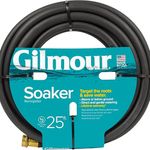
Gilmour 5/8" x 25' Round Weeper Soaker Hose
Fine Gardening receives a commission for items purchased through links on this site, including Amazon Associates and other affiliate advertising programs.

National Wildlife Federation®: Attracting Birds, Butterflies, and Other Backyard Wildlife, Expanded Second Edition (Creative Homeowner) 17 Projects & Step-by-Step Instructions to Give Back to Nature
Fine Gardening receives a commission for items purchased through links on this site, including Amazon Associates and other affiliate advertising programs.
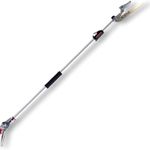
ARS Telescoping Long Reach Pruner
Fine Gardening receives a commission for items purchased through links on this site, including Amazon Associates and other affiliate advertising programs.



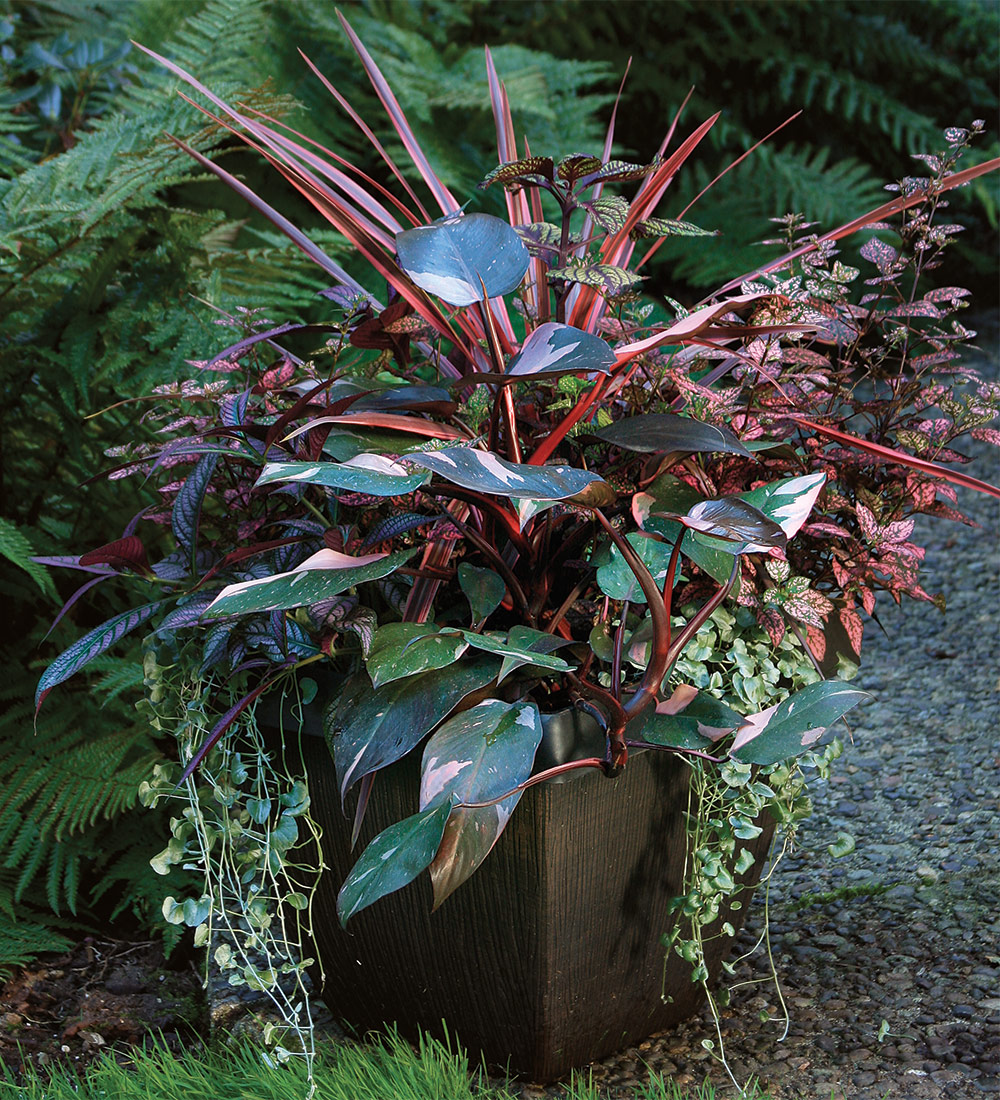

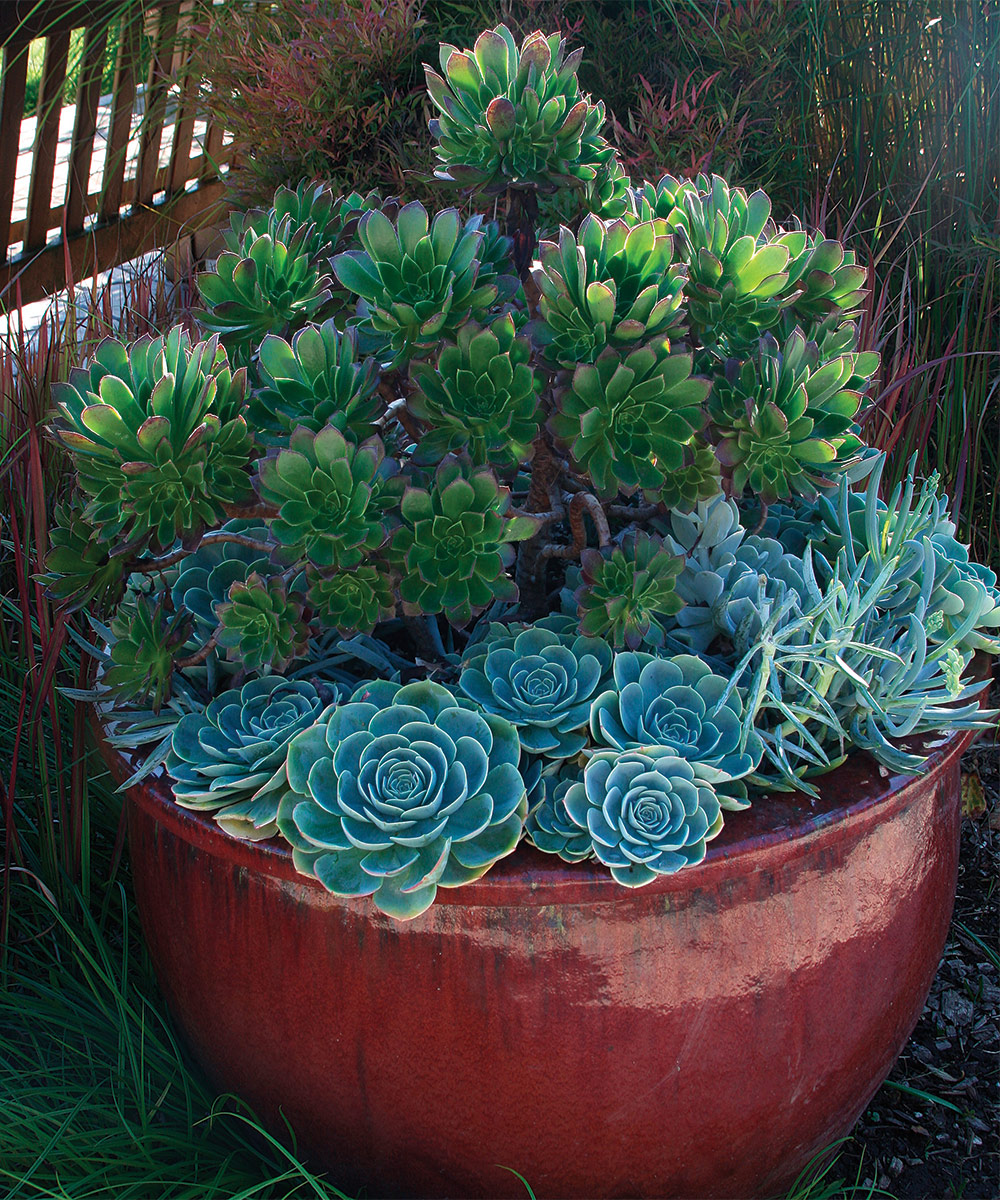
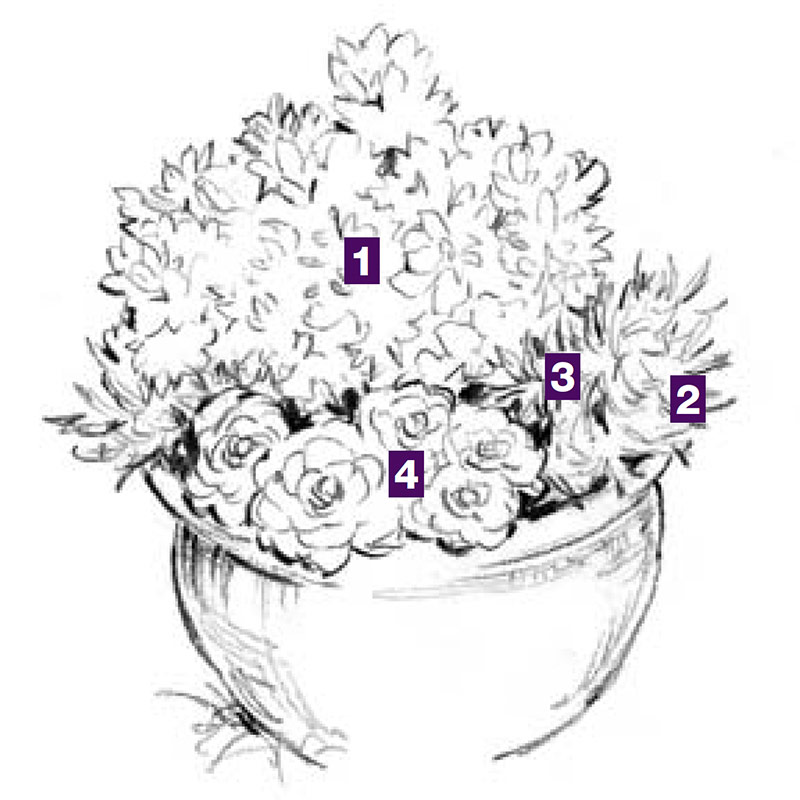
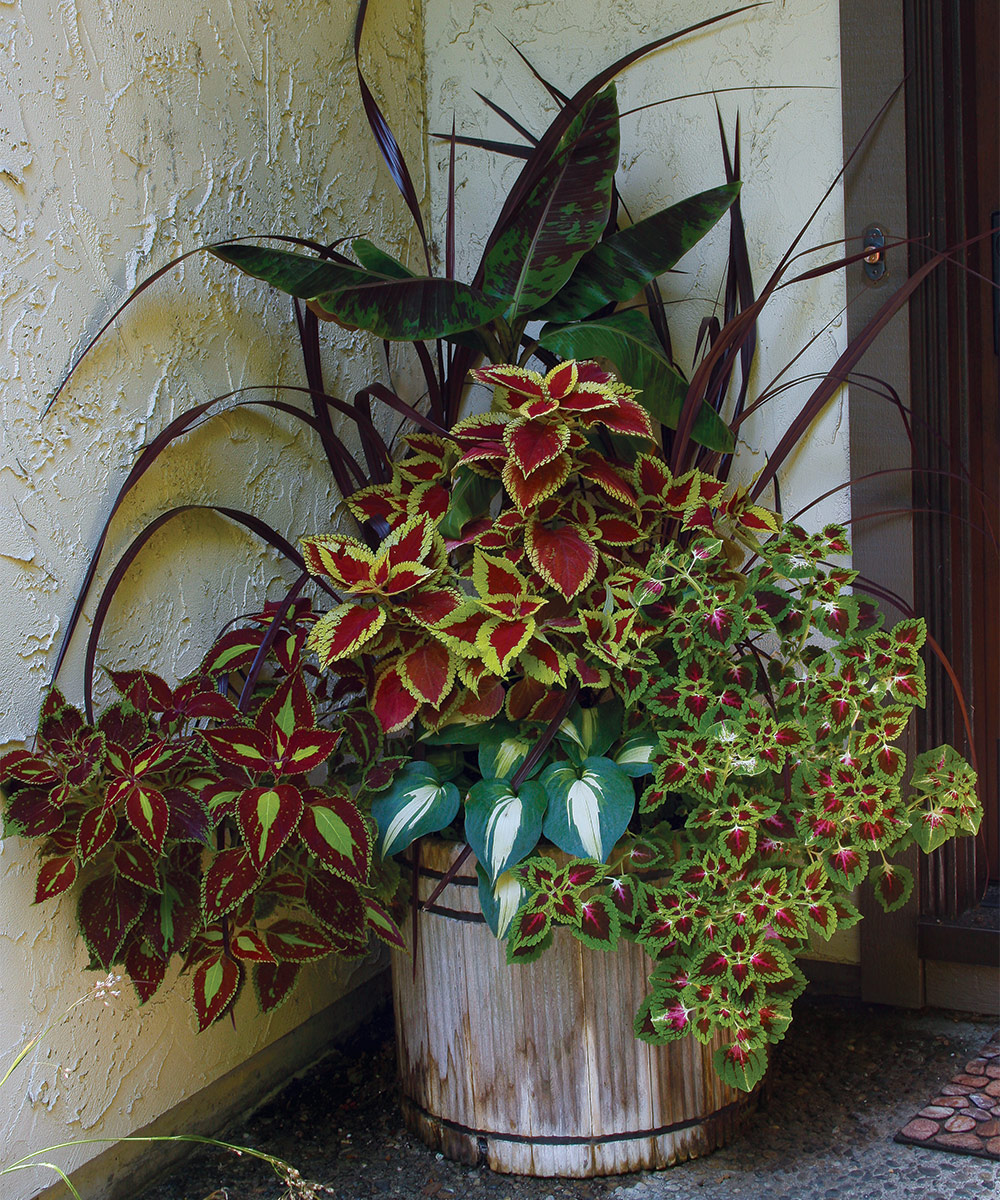
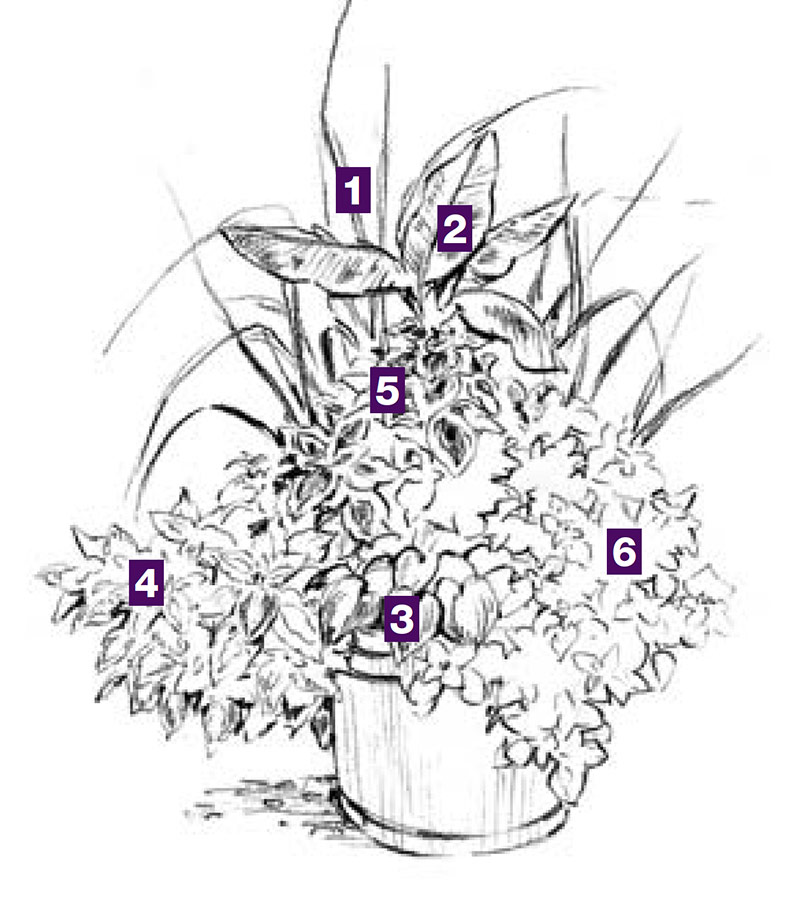
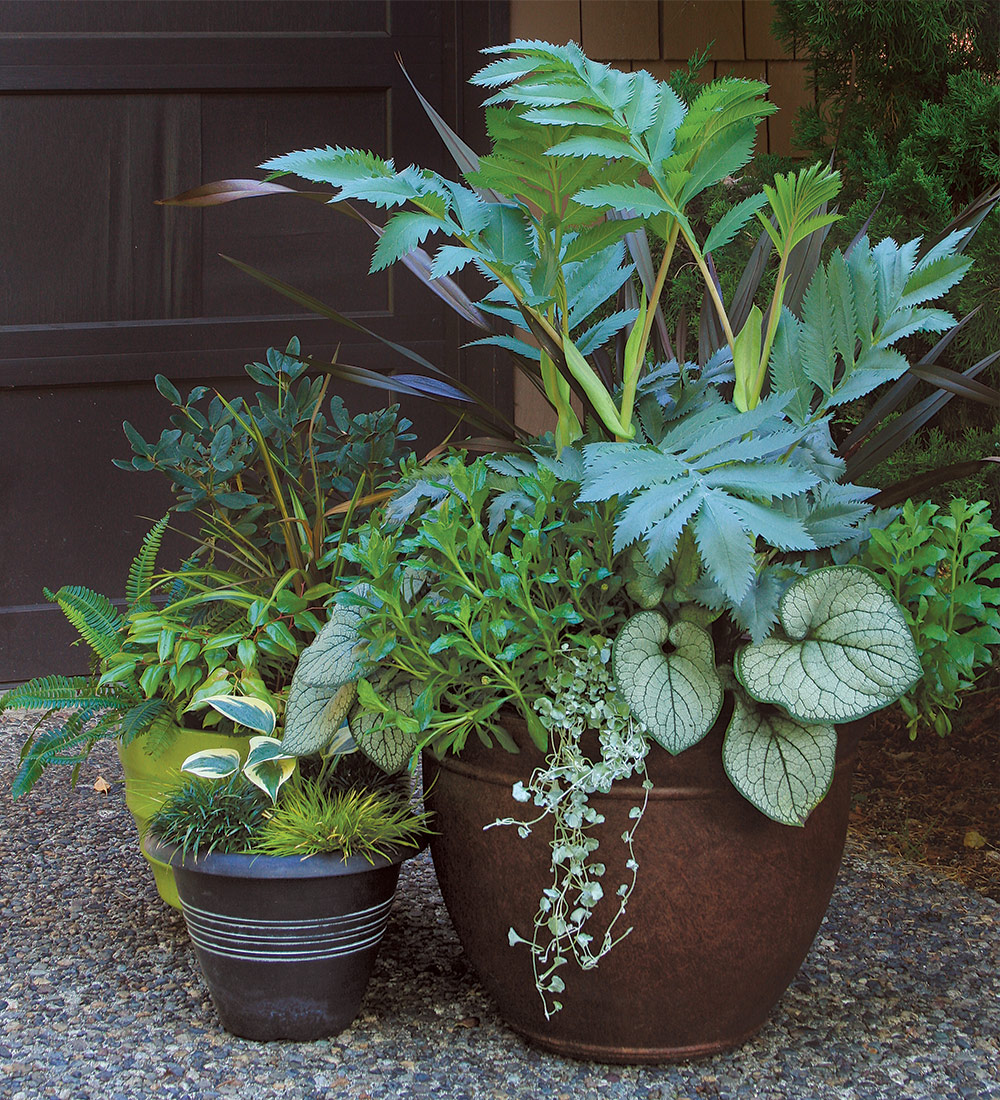
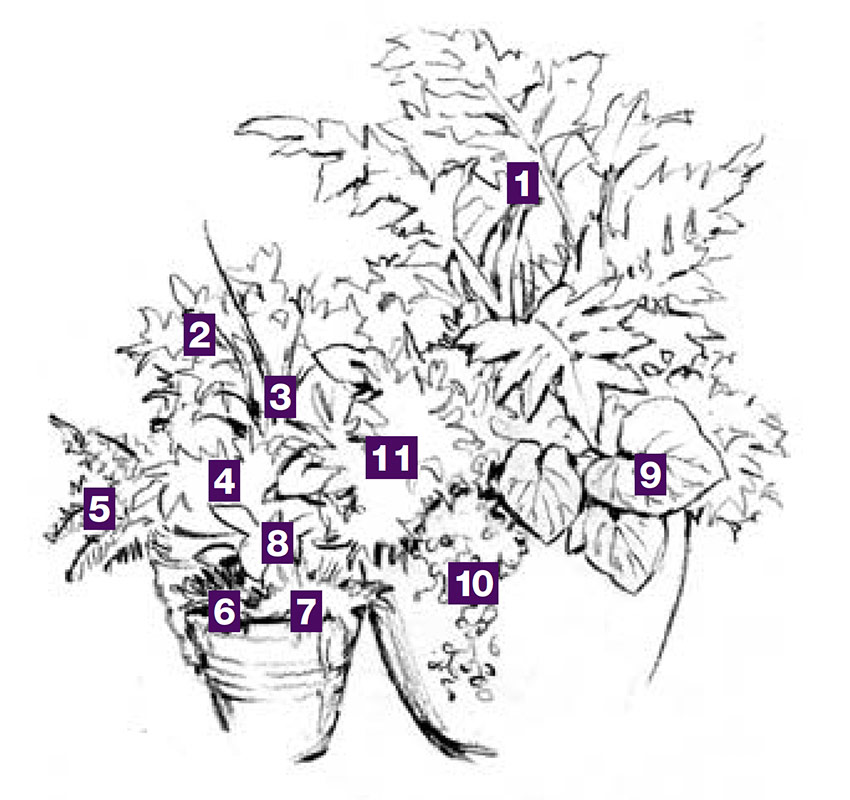
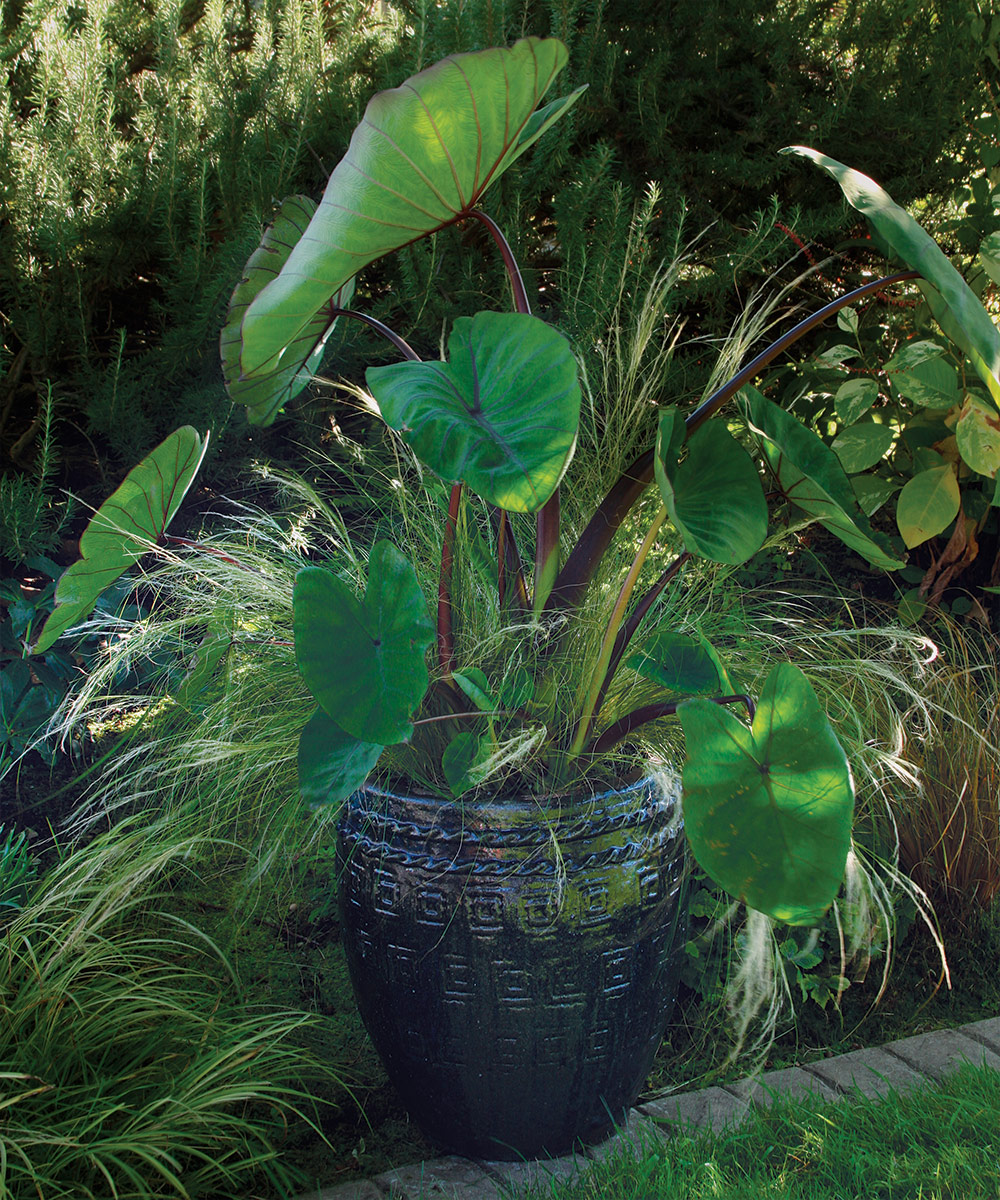
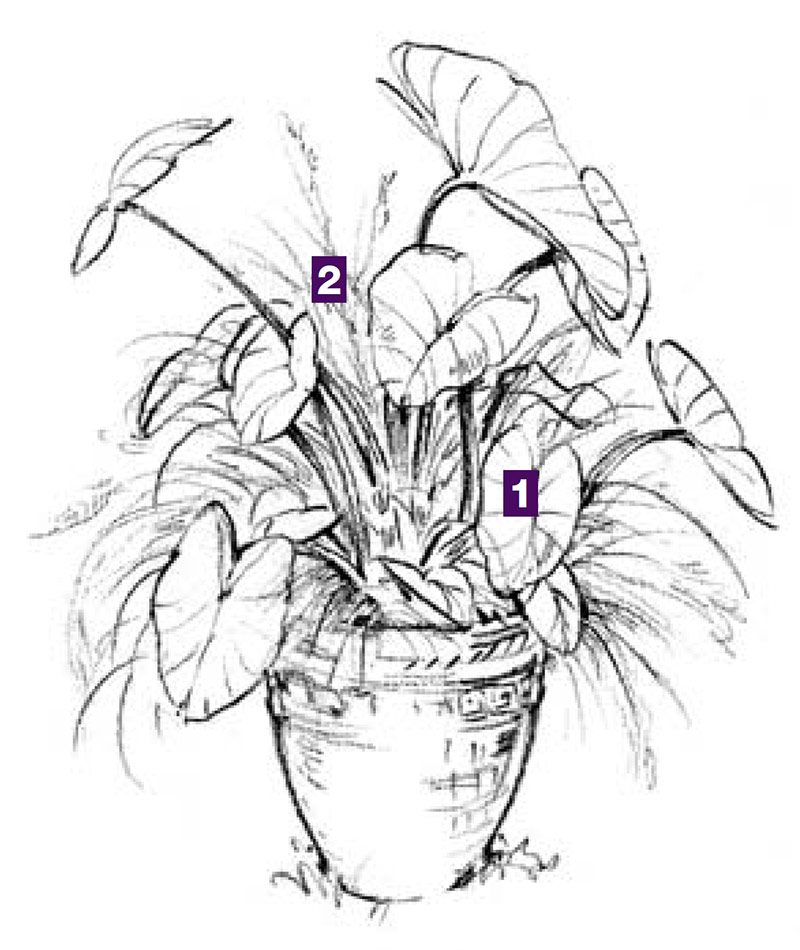

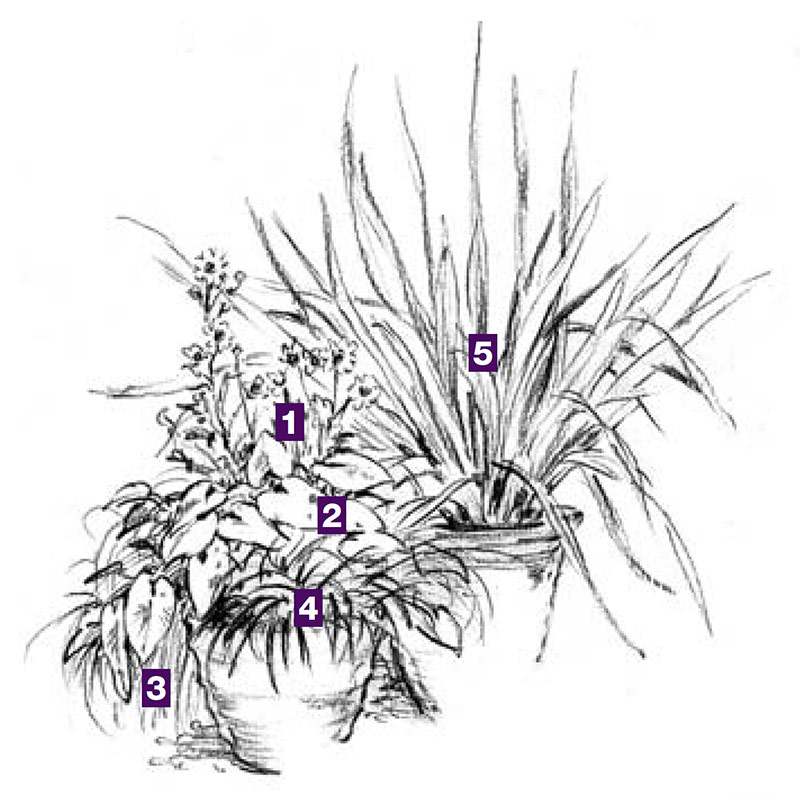
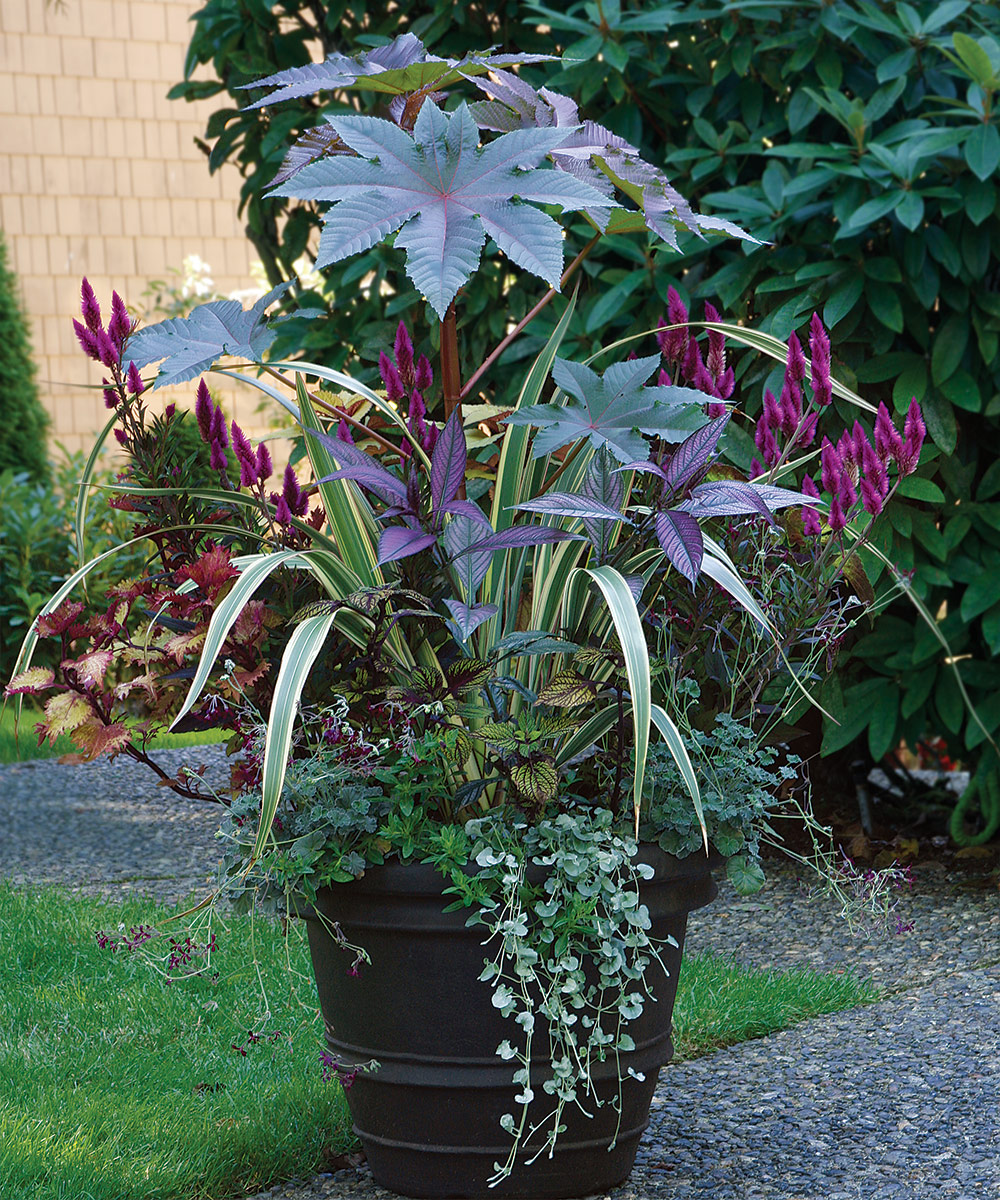
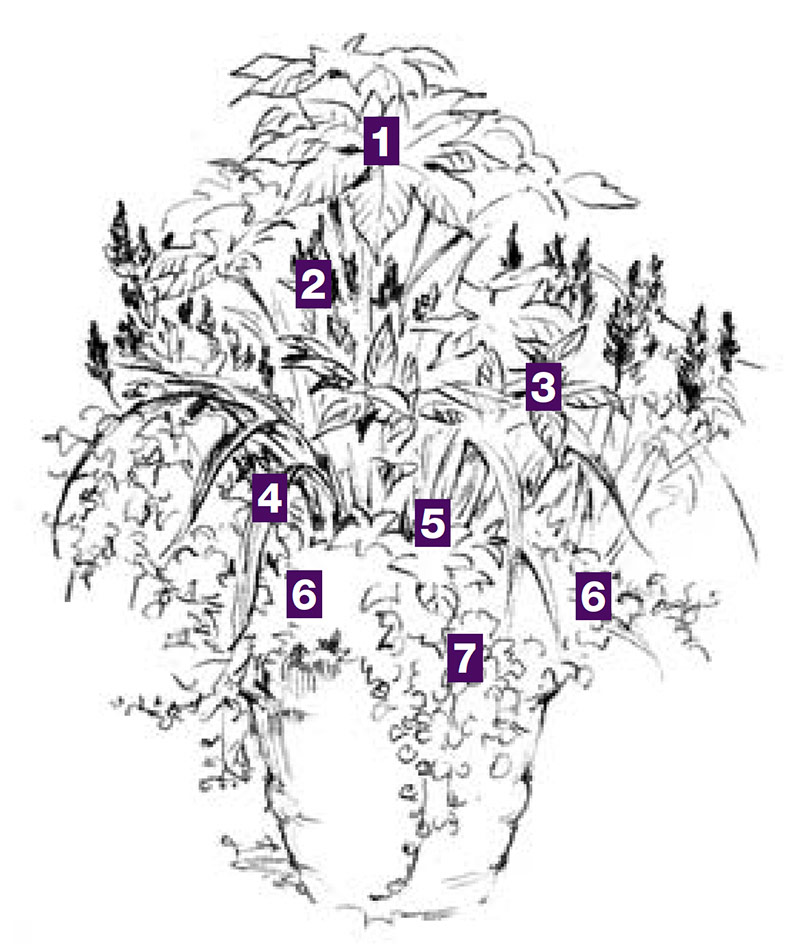




Comments
Log in or create an account to post a comment.
Sign up Log in